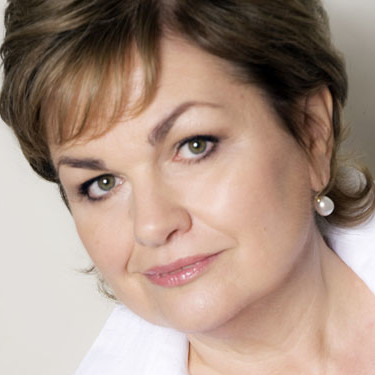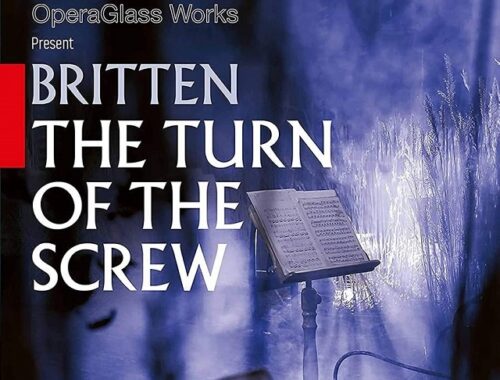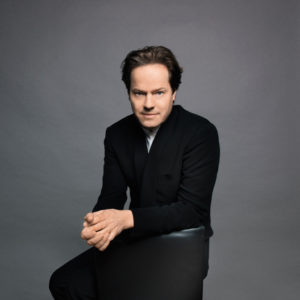London Symphony Orchestra, Upshaw, Adams, Barbican Hall (Review)
You learn a lot about a composer from the pieces they revere – and for John Adams what might have seemed like an unlikely opening gambit to kick-start this short stack of three concerts with the London Symphony Orchestra – Bartok’s Dance Suite – began to make more sense as the rest of the evening unfolded. Of course, just loving a piece is reason enough to include it but as rhythm began to collide with rhythm and the sequence of folk-like tunes found unlikely singers (bassoon and tuba among the gruffest) the kinship with homespun Americana was inescapable, as was that wondrous collusion of earthy raw materials and the most sophisticated harmony.
Adams has grown more confidant and accomplished as a conductor over the years but if the shortcomings still showed anywhere it was here among Bartok’s always challenging and often surprising juxtapositions. There were a few dropped stitches along the way and one began to notice how difficult Adams sometimes finds it to fill silent bars between one significant moment and the next. There were a couple of instances of “empty space” between conclusive chords of key cadences – most notably in the central panel of his post-Mahlerian wonderworld Harmonielehre.
But we were working gradually towards that, the evening’s blockbuster and one of Adams’ truly momentous pieces. First there were Debussy songs – Livres de Baudelaire – in Adams’ own exquisite orchestral garb, and to sing, or rather to inhabit, these extravagant effusions of agony and ecstasy, love and loss, there was Dawn Upshaw, a singer whose warmth and generosity of spirit, whose whole demeanour, have made her one of the great communicators in the business. The voice – so instantly recognisable – seemed to have filled out for the occasion and she applied it to Baudelaire’s seductive words like the “infinite kisses” of his first poem keeping it focused and true and always on the cusp of rapture (her speciality). Adams’ orchestrations are extraordinarily effective, not least in the final “Meditation” on loss where dusky violas and cellos were blended into low winds and clarinets chimed with the tolling of the tam-tam. The final chord in lower strings spoke volumes.
Harmonielehre – or the “Not-Schoenberg piece”, as I like to call it – takes its name but pointedly not its ethos from Schoenberg’s famous treatise on harmony from 1911. It’s a reaction to so much that was happening in music at this late-romantic juncture but most of all it’s a reaction to why the cleansing revolution of Minimalism (of which Adams was initially a disciple) needed to evolve into something richer by drawing upon the complexities of that which it paradoxically sought to purge itself of. Harmonielehre is minimalism turned to maximalism and in its searching central panel entitled “The Amfortas Wound”, after Wagner’s Parsifal, it symbolically picks up where Mahler’s unfinished Tenth Symphony left off and startlingly strikes a negative from the great stack on notes on which Mahler builds the seismic dissonance of its first and last movements, demolishing rather than building the chord but still bisecting it with that sustained note high in the first trumpet. It’s a moment, a movement, which is entirely about building upon and reinventing the past – and isn’t that when all is said and done the essence of musical evolution?
The outer movements are the essence of Adams pulsating through a galaxy of tuned percussion beneath a vivid blue beyond. The energy generated from this music and the LSO’s playing of it was immense and as three piccolos sprinkled stardust over Adams’ finale and, like ET (bless you, John Williams), we left the earth’s atmosphere on the back of myriad pulsations and a retro-rocket of bellowing horns you could feel the audience experiencing that gravitational urge to leave their seats. And they did.
You May Also Like

A Conversation With SUSAN BULLOCK
02/09/2010
GRAMOPHONE Review: Britten The Turn of the Screw (DVD) – Soloists, OperaGlass Works, Sinfonia of London/Wilson
10/01/2022